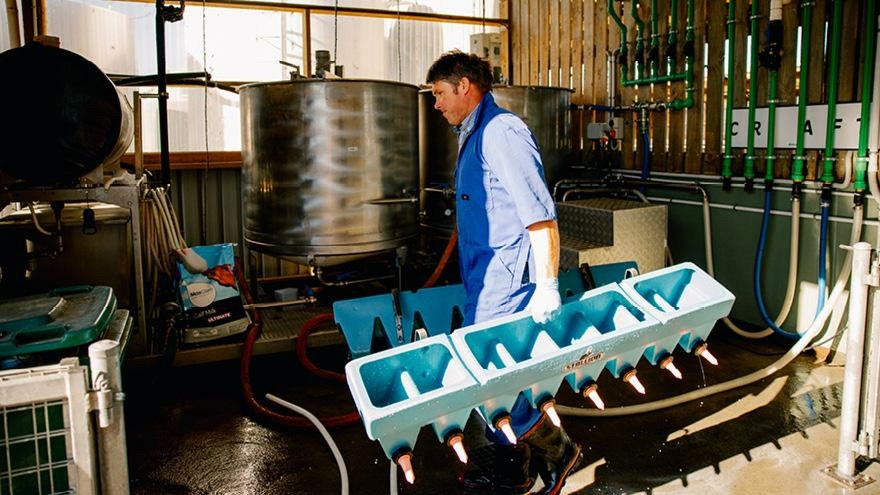
Setting up your shed for calf rearing
Catching up with Laura Pattie, PGG Wrightson's Technical Expert for Animal Production, she offers helpful tips for setting up your shed ready for calf rearing.
- To make the most of the sun’s warmth, build the shed so it is north facing with protection against strong winds. To separate the pens, Laura suggests using solid partitions so animal waste does not leak into another pen.
- To arrange calves into a pen Laura recommends allowing 1.5 to 2.5 m spacing per calf in a pen depending on their size. Place calves of a similar age together with Laura suggesting keeping calves born within seven days of each other in the same pen. This fits with best practice as it means less chance of the calves being exposed to viruses and illness. If you have one calf that is struggling though, keep it with calves of a similar size to ensure fair competition for feed and milk.
- At calf level, Laura’s says it is important to have the shed draft free as this will help keep the calves warm. If a calf gets cold, it will burn extra energy by shivering that would otherwise be directed towards growth.
- The shed needs good ventilation to prevent the build-up of ammonia smell.
- When designing the shed, there should a two percent fall at the front of the pen to allow for adequate drainage.
- For calf bedding Laura suggests materials that are soft, dry and absorbent such as wood chips, saw dust or straw that the calves can nuzzle into and keep warm. To promote good drainage Laura says some farmers place pumice underneath the wood chip or saw dust layer.
- Provide fresh, clean water in each pen and ensure it is free of contamination. Laura says calves, on their first day of life, can drink up to two litres a day. Supply water in a trough that is raised off the ground as this will help prevent the calves contaminating it with their waste. Do not rely on milk or calf milk replacer to supply calves with their water requirements and note, if a calf has diarrhoea, it's water needs will be greater than usual.
For more tips and advice on growing healthy calves this season and to view our range of calf rearing supplies, check out our calf rearing homepage.



